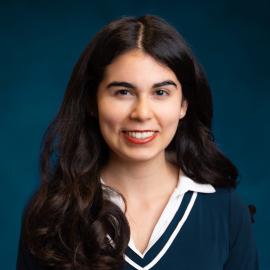Neurosurgery resident research
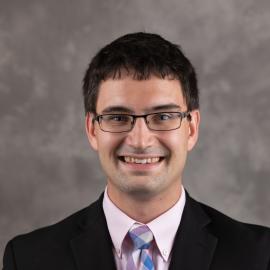
Dr. Matthew Weber is actively involved in research focused on advanced spinal surgery techniques. He is currently leading a study on axial lumbar interbody fusion (Axial-LIF), investigating long-term outcomes and biomechanical implications of this minimally invasive approach. His work aims to optimize patient recovery and improve the durability of lumbar fusions by refining the Axial-LIF technique.
In addition to his research on spinal fusion, Dr. Weber is exploring the impact of adjacent-segment disease following lumbar surgeries. His studies focus on preventing postoperative complications and improving long-term patient outcomes in spinal surgery. Dr. Weber’s research also extends into neurotrauma, where he contributes to projects aimed at enhancing diagnostic and treatment protocols for traumatic brain injury.
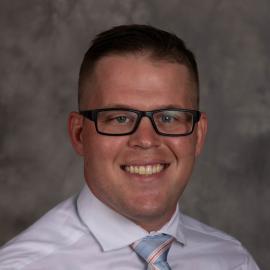
Dr. Justin Michael’s research interests are focused on spinal fixation techniques, particularly in patients with osteoporosis and metastatic tumors. He has contributed to research assessing the failure rates of polymethylmethacrylate-augmented pedicle screw fixation in these patient populations. Dr. Michael’s work aims to refine the use of spinal fixation devices and improve long-term outcomes for patients with compromised bone health undergoing spinal surgery.
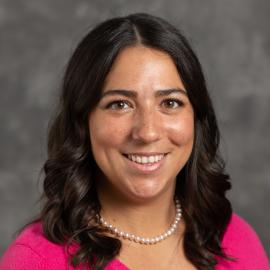
Dr. Kayla Chin is engaged in research related to brain tumors and neuro-oncology. She leads a project that examines the use of anticoagulants and antiplatelets in preventing subdural hematomas. Dr. Chin is dedicated to enhancing safety and effectiveness in neurosurgical care, with a focus on optimizing patient outcomes in brain tumor surgeries and understanding the risks associated with perioperative medication use.
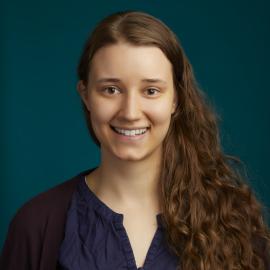
Dr. Ava Hoeft is involved in research that focuses on spinal fusion and adjacent- segment disease. She contributes to long-term follow-up studies that assess spinal biomechanics and recovery outcomes after lumbar interbody fusion. Dr. Hoeft’s work is geared toward improving surgical techniques and minimizing the risks of postoperative complications, with the goal of optimizing patient recovery in spinal surgery.
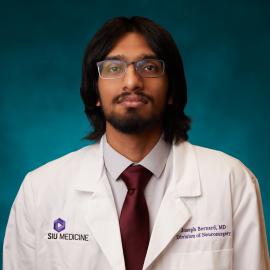
Dr. Joseph Bernard’s research contributions focus on lumbar spine surgery and adjacent-segment disease. He is actively involved in studies that investigate the long- term outcomes of spinal fusion procedures and the development of adjacent-segment disease in patients undergoing multiple-level spinal fusions. Dr. Bernard’s research aims to improve the understanding of spinal degeneration and enhance the efficacy of surgical interventions.
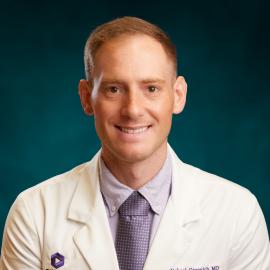
Dr. Michael Garovich is actively engaged in research focusing on neurotrauma and cerebrovascular disorders. His early work includes studies on the use of advanced imaging techniques to improve the diagnosis and treatment of acute brain injuries, particularly in patients with traumatic brain injury (TBI). Dr. Garovich is also contributing to research aimed at enhancing the management of ischemic stroke through innovative procedural interventions. His research endeavors are aimed at improving patient outcomes by optimizing the speed and accuracy of critical neurosurgical interventions.
